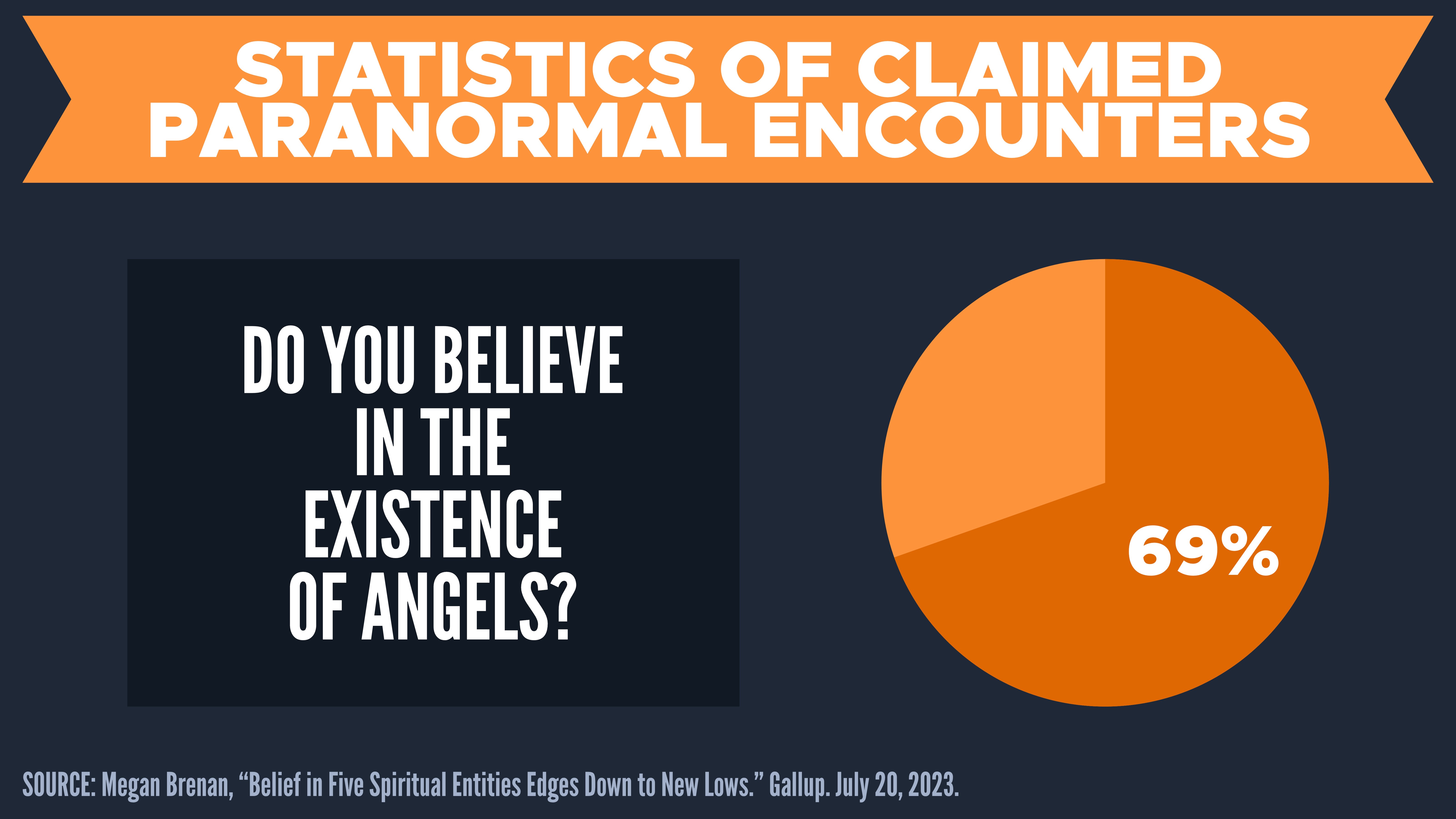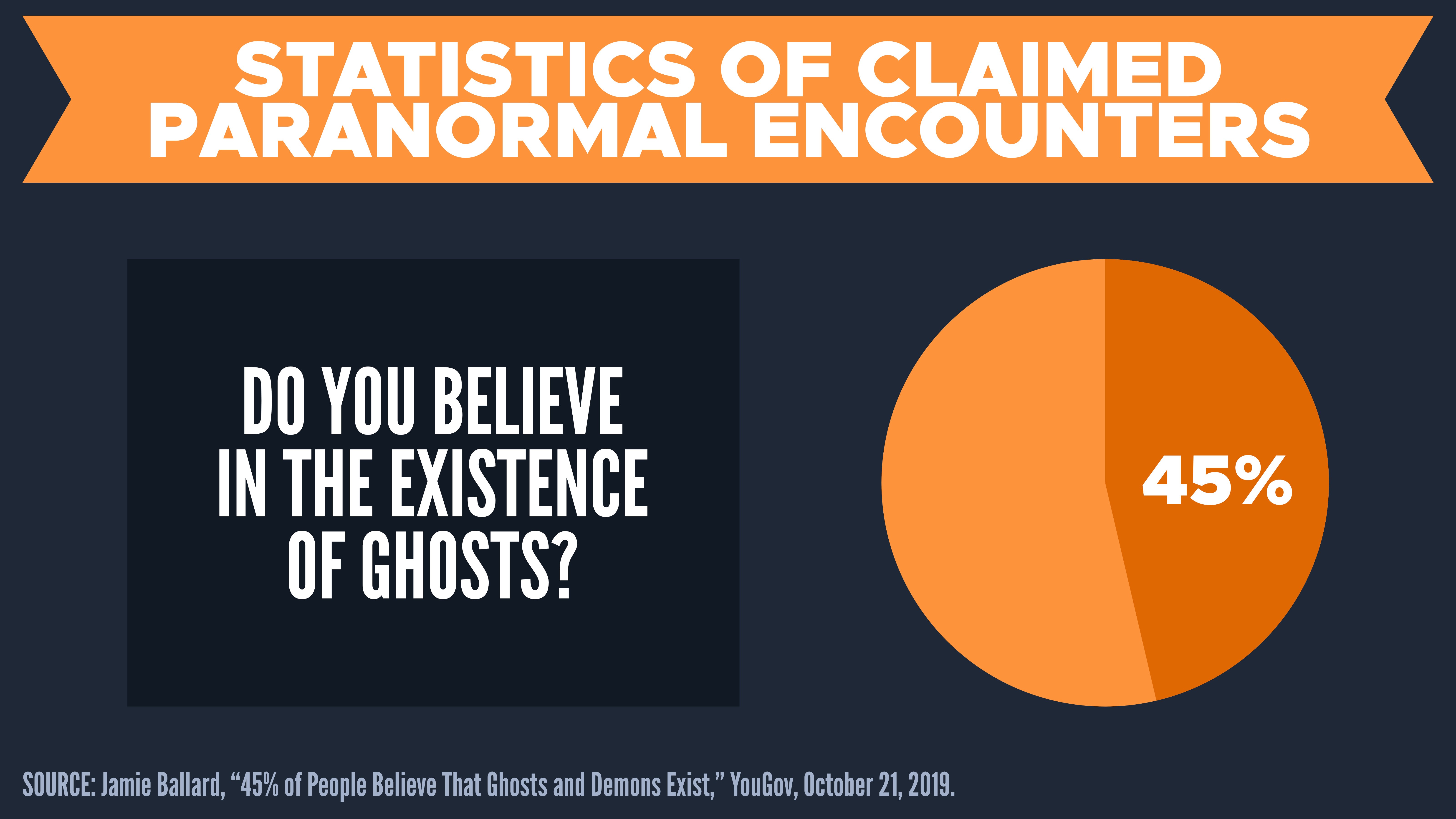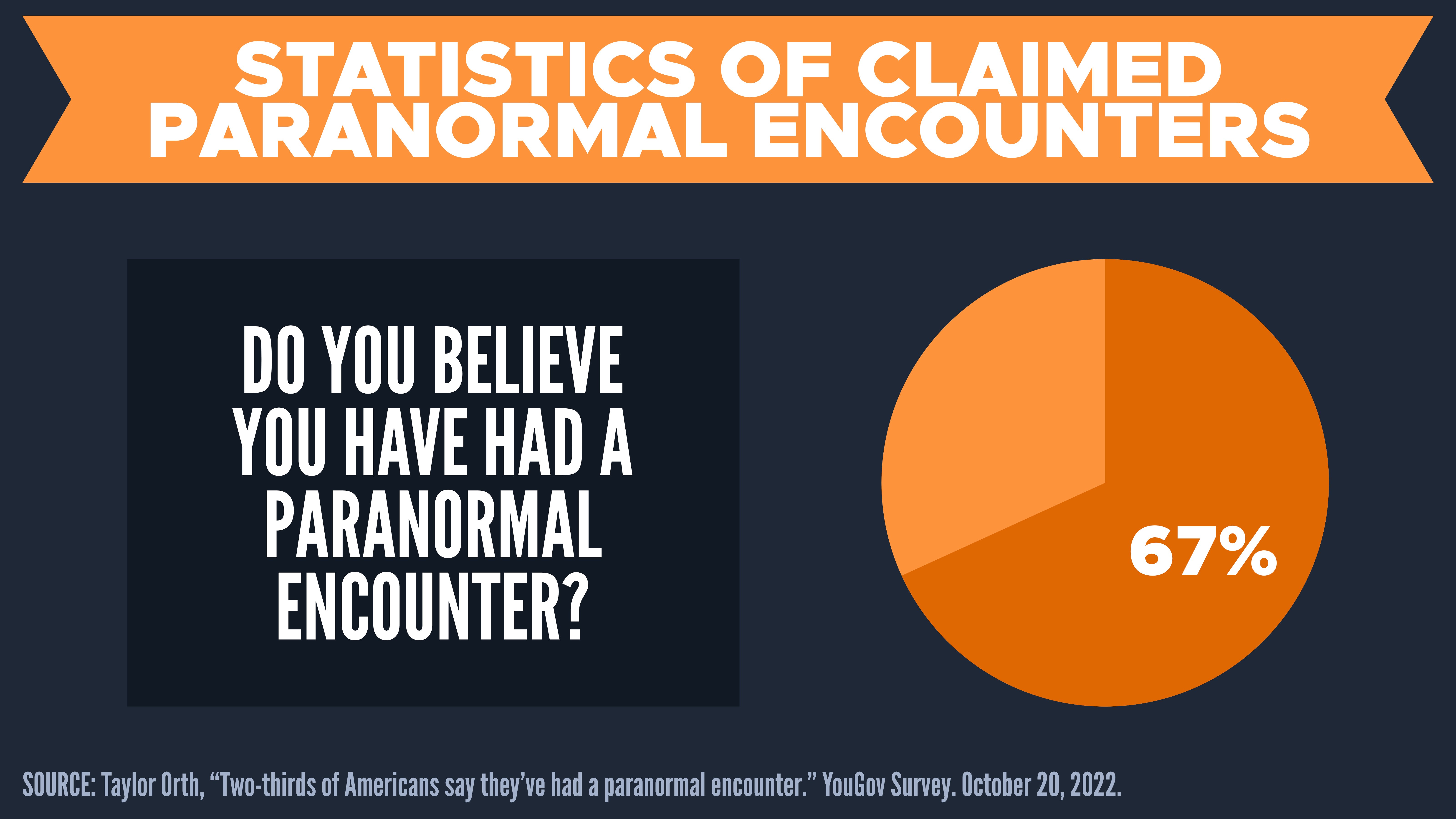

Many people find the concept of Satan to be utterly implausible. For instance, neo-orthodox theologians rejected the idea of a fallen angel like Satan. Paul Tillich writes, “To interpret the concept of angels in a meaningful way today, interpret them as the Platonic essences, as the powers of being, not as special beings. If you interpret them in the latter way, it all becomes crude mythology.”[1] Likewise, Rudolph Bultmann writes, “It is impossible to use electric light and the wireless to avail ourselves of modern medical and surgical discoveries, and at the same time to believe in the New Testament world of daemons and spirits.”[2]
Even many Christians do not believe in Satan today. One study found that “four out of ten Christians (40%) strongly agreed that Satan ‘is not a living being but is a symbol of evil.’ An additional two out of ten Christians (19%) said they ‘agree somewhat’ with that perspective. A minority of Christians indicated that they believe Satan is real by disagreeing with the statement: one-quarter (26%) disagreed strongly and about one-tenth (9%) disagreed somewhat.”[3]
Should we agree with this skepticism? Does Satan exist? What reasons do we have for affirming the existence of such a malevolent being?
Most people believe in dualism (the belief that humans are both a body and a soul). As we have argued elsewhere, there are very good reasons for affirming the belief that humans possess an immaterial mind or soul (see “The Mind and Brain: Is Freewill an Illusion?”). For instance, if a person believes in life after death, then they affirm the existence of a soul. After all, if the cadaver is lying in the casket, then how could the person simultaneously exist in heaven? This requires belief in the existence of the soul.
It might seem strange to think that a countless number of angels and demons exist all around us. However, most people already believe in billions of spiritual beings existing on Planet Earth. We call them humans. Most people already believe that 8 billion souls roam the Planet Earth, and therefore, they already believe that billions of spiritual beings exist. How do we know that humans are the only kind of spiritual beings that God created? Theologian Charles Hodge writes, “There is every reason to presume that the scale of being among rational creatures is as extensive as that in the animal world.”[4]
It might be difficult to think that angels could rebel against God and become morally corrupt. But why? This is the story of our species as well. Our earliest ancestors walked in God’s presence (Gen. 3:8), and yet, they rejected him. People continue to reject him today. Why would we find it difficult to believe that angels rejected God as well?
Finally, some might find it hard to believe that God would create Satan—a wildly evil, spiritual being in rebellion to him. However, why is it hard to believe that a dictator would rule over the demonic realm. When it comes to humanity, evil tyrants regularly control and lead millions of people (e.g. Adolph Hitler, Joseph Stalin, Pol Pot, etc.). Why would we find it hard to believe that a demonic dictator rose to power in the spiritual realm?
Historians of various stripes—whether critics or Christians—largely agree on the fact that Jesus was believed to be a demonic exorcist.[5] Scholars agree that Jesus was thought to be an exorcist. Critic Marcus Borg states that there are “very strong” reasons for Jesus’ healings,[6] and his colleague John-Dominic Crossan states that “Jesus was both an exorcist and a healer.”[7] Indeed, the highly critical Jesus Seminar affirmed that Jesus was a “charismatic healer and exorcist.”[8] One scholar writes,
There is a consensus among virtually all the scholars reviewed here that Jesus did indeed perform healings and exorcisms that his contemporaries thought remarkable, and that this can be regarded as virtually certain. There is also a growing consensus that this miraculous activity formed an integral part of Jesus’ ministry, and should not be brushed aside to leave room for a Jesus who was almost entirely a teacher.[9]
Why do so many scholars affirm that Jesus was an exorcist? We give some of the historical arguments at the end of this article.
The Bible contains 196 verses about angels (103 in the OT and 93 in the NT). Moreover, 34 (of 39) books in the OT refer to angels, including the earliest books we have (e.g. Job, Genesis). Additionally, every NT author (though not every NT book) mentions spiritual warfare. Consider just a few of the many passages from the NT:
Of course, we shouldn’t take the Bible’s teaching on blind faith. Indeed, there are many good reasons to believe in the inspiration and reliability of the Bible. But if we think that there are good reasons to believe in the Bible’s account of God, forgiveness, and salvation history, why would we erase its teaching on Satan and spiritual warfare? The Bible claims to be a window into the nature of spiritual reality. So, on what basis do we purge its clear, repeated, and emphasized teaching on Satan? If we can trust the Bible at all, we should trust that Satan is very real.
One study found that roughly half of Americans (45%) believe in ghosts,[10] and 1 out of 5 (18%) believe that they’ve been in the presence of a ghost.[11] More importantly, roughly 7 out of 10 Americans (69%) believe in angels. To put that in perspective, roughly the same percentage of people (74%) believe in God. So, belief in angels carries almost as much confidence as belief in God.[12]
Someone might argue that this is a purely American phenomenon. Not true. People across the world affirm the existence of angels in various religious systems. Williams writes, “Although they have divergent understandings of such spiritual beings, Zoroastrian, Buddhist, Taoist, Jewish, Christian, Muslim, New Age, Animist, traditional Chinese and Japanese believers all recognize the existence of finite supernatural agents. Belief in angels is a constant factor across many different cultures.”[13]
Who shoulders the burden of proof in this discussion? If you are a naturalist, it should bring a certain degree of discomfort knowing that the vast majority of people on Earth from various countries, cultures, and traditions all affirm the existence of unembodied spiritual beings, and you are in the vast minority.



One way to know that something exists is to directly perceive it as real. Indeed, this is how we know most things—through a direct encounter. In our article on the “Occult,” we present well-documented cases of demon possession that fit with this sort of experiential evidence. For now, we will simply point to testimony of an unexplainable event from a well-known skeptic. In a 2014 article in Scientific American, atheist Michael Shermer recounts that a strange event deeply shook his skepticism. He writes, “I have to admit, it rocked me back on my heels and shook my skepticism to its core.”
Shermer—who is the president of Skeptic magazine—married his wife Jennifer in 2014. Jennifer had mailed her belongings from Germany to California, and one of her most cherished belongings was her grandfather’s 1978 transistor radio. Jennifer had a close relationship with her grandfather, who had been a father-figure to her. But he had died, when she was 16. She lamented the fact that her grandfather couldn’t make it to hand her off in marriage.
Shermer tried to fix her grandfather’s old 1978 transistor radio, but couldn’t get it to work. Three months later, at the wedding, the transistor radio inexplicably began to work. The following day, it broke again, and hasn’t worked since then. He concluded his reflection of the event by writing:
The emotional interpretations of such anomalous events grant them significance regardless of their causal account. And if we are to take seriously the scientific credo to keep an open mind and remain agnostic when the evidence is indecisive or the riddle unsolved, we should not shut the doors of perception when they may be opened to us to marvel in the mysterious.[14]
It’s odd that Shermer’s skepticism would be unaffected by the numerous and cogent arguments for God existence, and that instead, he would be shaken by a mysteriously working transistor radio! Yet at the same time, his anecdote shows that one line of evidence for knowing something is real is to directly perceive or experience it. A direct experience of Satan’s work in our lives is one way to know that he’s real.
If you fall in line with Satan, he won’t bother you. As one preacher liked to say, “Satan never kicks a dead horse.” However, if you decide to follow Christ, you will very quickly discover opposition. Michael Green illustrates this well when he writes, “Imagine the situation behind the Iron Curtain, where the people are subjected all the time to official Soviet propaganda. They will not even see what things are like in a free country, let alone try to escape thither. But when some of them do see, when some of them attempt—and achieve—an escape, then the full wrath of the Soviet government is turned against them. It is a bit like that with Satan. So long as men stay within his realm and do not cross out of it into God’s; so long as they believe his propaganda about the dullness of the Christian life and the injustice and meanness of God; so long he is content. But let them once doubt the propaganda, let them begin to be attracted by the glorious image of God in Jesus—then that spells danger. And the murderer of souls pursues them vigorously.”[15]
How could 60% of Christians in America think Satan is imaginary? Perhaps Satan is imaginary and we’ve been duped by Jesus of Nazareth into believing in such a mythical being. On the other hand, perhaps Jesus of Nazareth had it right all along, and millions of Christians are being deceived by none other than the Great Deceiver himself! Given the nature of Satan, we shouldn’t be surprised at all that many Christians are deceived on this vital issue. As the French poet Charles Baudelaire once wrote, “When you hear praise, my brothers, of the progress brought by the Enlightenment, never forget that the Devil’s greatest trick is convincing us that he doesn’t exist!”[16]
Even enemies of Christianity affirmed that Jesus was an exorcist. The NT records that the scribes believed that Jesus was “possessed by Beelzebul [Satan].” The argued, “He casts out the demons by the ruler of the demons” (Mk. 3:22). Later critics of Christianity argued that Jesus was able to perform miracles. Celsus (AD 150) was a Greek philosopher and opponent of Christianity—yet he believed Jesus was a magician who was taught these dark arts in Egypt. He writes, “Jesus, having been brought up as an illegitimate child, and having served for hire in Egypt, and then coming to the knowledge of certain miraculous powers, returned from thence to his own country, and by means of those powers proclaimed himself a god” (Origen Contra Celsum 1.38.). Likewise, the Talmud (AD 400) affirms that Jesus was able to perform miracles by the power of Satan: “[Jesus] practiced sorcery and enticed Israel to apostasy” (b. Sanhedrin 43a).
The Beelzebul Controversy (Mark 3:20-27; Matthew 12:22-30; Luke 11:14-23). What is the historical support for Jesus arguing with the Pharisees about his ability to exorcise demons? For one, it passes the criterion of multiple attestation. Specifically, it is similar to John, which is independent from the Synoptics (Jn. 10:19-21). Second, it passes the criterion of embarrassment—namely, the religious leaders are accusing Jesus of being in league with Satan and even being demon possessed. Indeed, Mark begins this narrative with Jesus’ family trying to stop him from speaking because they thought he was crazy (Mk. 3:32). Third, even the religious leaders affirmed that Jesus was an exorcist, but they believed that he was empowered by Satan. This is an odd and embarrassing accusation to include.
Demon-possession in the Capernaum Synagogue (Mk. 1:21-28; Lk. 4:31-37). What is the historical support for this exorcism? For one, this event was said to be public, and it was never challenged by Jesus’ enemies. When Jesus rebuked Capernaum for seeing signs (Matt 11.20-24; cf., Luke 10.12-15), they never denied this. Second, Mark uses language that is early—not late. He records that Jesus called this an “unclean spirit” (pneumatic akathartō), rather than using the later term “demon” (daimonion). For instance, John always uses the term “demon,” and he never uses the term “unclean spirit.” This shows that this is early material that Mark is recording. Third, this passes the criterion of dissimilarity. The demon calls Jesus “the Holy One of God,” which never appears on anyone’s lips in the NT. Fourth, this might pass the criterion of embarrassment. After all, the demon resists Jesus and convulses before leaving the person’s body. It’s odd that a follower of Christ would invent these details, because they could potentially make him look weak.
The Gerasene Demoniac (Mark 5:1-20; Matthew 8:28-34; Luke 8:26-39). What is the historical support for this exorcism? First, it passes the criterion of embarrassment. The demon resists Jesus at first, and later, the people in the community reject Jesus for this exorcism. In fact, they beg Jesus to leave! This doesn’t read like it was invented, but rather that it was reported. Second, there is an undesigned coincidence between Mark and Josephus. In Mark, Jesus permitted the demons to transfer to pigs in the Jewish city near the Sea of Galilee (Lev. 11:7). Josephus states that Caesar took over all of these cities near the Sea of Galilee, and therefore, they would’ve become lax on Kosher laws (Antiquities 17.320). Third, this fits with the criterion of dissimilarity. It’s odd that the demon would call Jesus “Son of the Most High God,” because this expression wasn’t used by the early church.
The Syrophoenician Woman’s Daughter (Mark 7:24-30; Matthew 15:21-28). What is the historical support for this exorcism? First, Mark again uses early language to describe this exorcism, calling the demon an “unclean spirit.” Second, this passes the criterion of embarrassment, because Jesus calls the woman a “dog,” which is admittedly a difficult saying. Since Mark wrote his gospel to Gentiles, this would’ve been offensive to his audience.
The Convulsing Boy (Mark 9:14-29; Matthew 17:14-21; Luke 9:37-43). What is the historical support for this exorcism? Most notably, this event passes the criterion of embarrassment—namely, the disciples couldn’t exorcise the demon. Jesus even expresses frustration with the disciples (Mt. 17:17), and this doesn’t fit with what early Christian expected regarding exorcisms (Mk. 16:17).[17] Furthermore, this exorcism is different from other demon possession cases. Matthew and Luke downplay the violent exit of the demon (Mt. 17:18) and refers to “this kind.”
All of the examples listed above fit with the criterion of dissimilarity. That is, Jesus acts like no other exorcist. Guthrie writes, “Jesus does not use formulaic incantations in order to drive out demons. Nor does he invoke the authority of another sage or mystic but acts on his own authority. And, unlike the mystics, he does not use amulets and talismans. Other criticisms of the mythical view involve debates about the genre of the Gospels.”[18]
[1] Paul Tillich, A History of Christian Thought (New York: Harper & Row, 1968), 94.
[2] Rudolph Bultmann, “The New Testament and Mythology” in H.W. Bartsch (ed.), Kerygma And Myth (London: SPCK, 1953).
[3] Barna Group. “Most American Christians Do Not Believe that Satan or the Holy Spirit Exist” April 10, 2009.
[4] Charles Hodge, Systematic Theology (Grand Rapids: Eerdmans, 1952), vol. 1, p. 636. Cited in Millard J. Erickson, Christian Theology., 2nd ed. (Grand Rapids, MI: Baker Book House, 1998), 461.
[5] See Shandon L. Guthrie, Gods of this World: A Philosophical Discussion and Defense of Christian Demonology (Eugene, OR: Wipf and Stock Publishers, 2018), 132-144.
[6] Marcus Borg, Jesus, A New Vision: Spirit, Culture, and the Life of Discipleship (San Francisco: HarperCollins, 1987), pp.67-71.
[7] John-Dominic Crossan, The Historical Jesus: The Life of a Mediterranean Jewish Peasant (New York: HarperCollins, 1991), p.332.
[8] Robert Funk and The Jesus Seminar, The Acts of Jesus: What Did Jesus Really Do? (San Francisco: HarperSanFrancisco, 1998), p.527.
[9] Emphasis mine. Eric Eve, The Jewish Context of Jesus’ Miracles. Journal for the Study of the New Testament Supplement Series 231 (London: Sheffield Academic, 2002), 16-17.
[10] Ballard writes, “Polling shows that 45 percent of adult Americans admit to believing in ghosts, with 43 percent revealing that they believe ghosts can haunt either places or people.” Jamie Ballard, “45% of People Believe That Ghosts and Demons Exist,” YouGov, October 21, 2019.
[11] Heimlich writes, “Nearly one in five U.S. adults (18%) say they’ve seen or been in the presence of a ghost. An even greater share—29%—say they have felt in touch with someone who has already died.” Russell Heimlich, “See Dead People,” Pew Research Center, December 29, 2009.
[12] Of course, these numbers are down, but they remain persistent. Brenan writes, “Gallup has used this framework to measure belief in these spiritual entities five times since 2001, and the May 1-24, 2023, poll finds that each is at its lowest point. Compared with 2001, belief in God and heaven is down the most (16 points each), while belief in hell has fallen 12 points, and the devil and angels are down 10 points each.” Megan Brenan, “Belief in Five Spiritual Entities Edges Down to New Lows.” Gallup. July 20, 2023.
[13] Peter S. Williams, The Case for Angels (Carlisle: Paternoster Press, 2002), 118.
[14] Michael Shermer, “Anomalous Events That Can Shake One’s Skepticism to the Core” Scientific American (September 16, 2014).
[15] Michael Green, I Believe in Satan’s Downfall (Grand Rapids, MI: Wm. B. Eerdmans Publishing Co., 1995), 62.
[16] Charles Baudelaire, “The Generous Gambler” (1869). Le Joueur généreux. See also, Verbal Kint’s words in the film The Usual Suspects, when he says, “The greatest trick the Devil ever pulled was convincing the world he didn’t exist.”
[17] We reject Mark 16:9-20. However, this was included somewhat early, and it shows the expectations of early Christians regarding exorcisms.
[18] Shandon L. Guthrie, Gods of this World: A Philosophical Discussion and Defense of Christian Demonology (Eugene, OR: Wipf and Stock Publishers, 2018), 146.

James earned a Master’s degree in Theological Studies from Trinity Evangelical Divinity School, graduating magna cum laude. He is the founder of Evidence Unseen and the author of several books. James enjoys serving as a pastor at Dwell Community Church in Columbus, Ohio, where he lives with his wife and their two sons.
